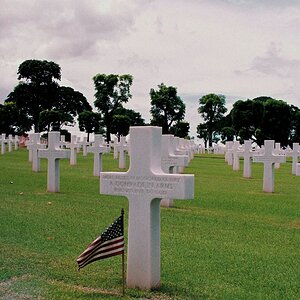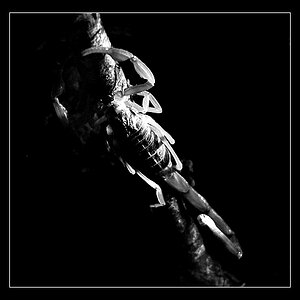adamhiram
No longer a newbie, moving up!
- Joined
- Feb 6, 2015
- Messages
- 858
- Reaction score
- 576
- Can others edit my Photos
- Photos OK to edit
A lot of headshots I have seen look to be taken with butterfly or clamshell lighting, so it seemed like a good next step in my learning process. This time I figured I would dress the part, with the added bonus that I got a new headshot out of it. Any C&C is welcome!
A couple interesting observations... With the flatter lighting, there was a lot less post processing needed to fix blemishes, which was definitely nice. Also, this lighting pattern seems to work much better with glasses - no glare meant I didn't need to composite eyes from another shot without glasses, although I may go back and fix the horizontal line in the catch light.

20180324-DSC_6745a by adamhiram, on Flickr
A couple interesting observations... With the flatter lighting, there was a lot less post processing needed to fix blemishes, which was definitely nice. Also, this lighting pattern seems to work much better with glasses - no glare meant I didn't need to composite eyes from another shot without glasses, although I may go back and fix the horizontal line in the catch light.
- Key light is octobox directly in front of subject, angled down at 45 degrees
- 40" white reflector used for fill from below for pseudo-clamshell
- 2:1 key-to-fill ratio used for subtle shadows

20180324-DSC_6745a by adamhiram, on Flickr



![[No title]](/data/xfmg/thumbnail/37/37602-1ef8dbb1c2d0e4ff347ee65d328c3603.jpg?1619738147)
![[No title]](/data/xfmg/thumbnail/35/35947-ab35bfc67d8e12ce65dda301d3bf2b66.jpg?1619737255)
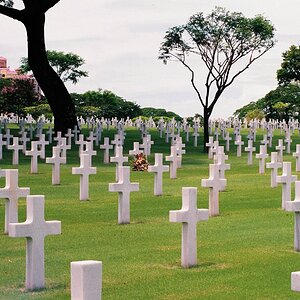
![[No title]](/data/xfmg/thumbnail/31/31744-f06a1a9bb9c74e3b8b332878f5fe71f1.jpg?1619734986)

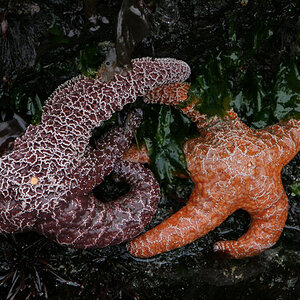
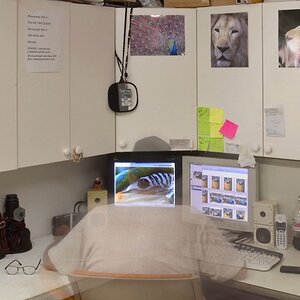
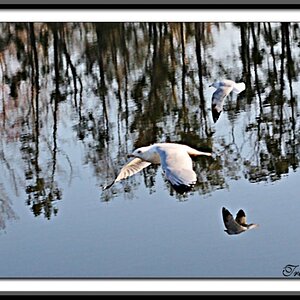
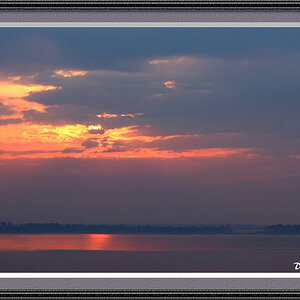
![[No title]](/data/xfmg/thumbnail/39/39291-a89dc472765e04f66f617dd9acc8030d.jpg?1619738958)
